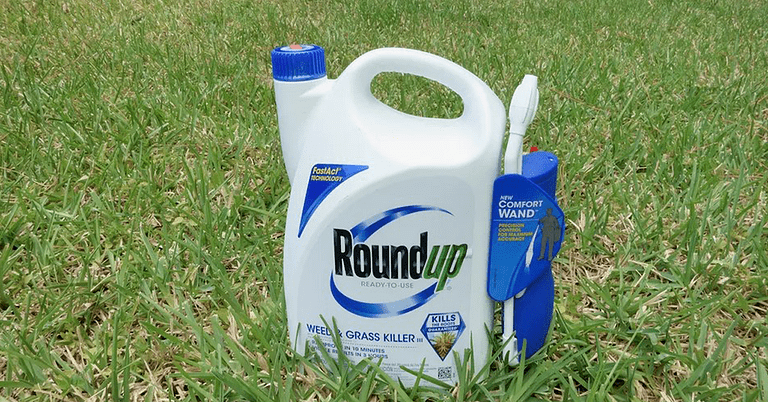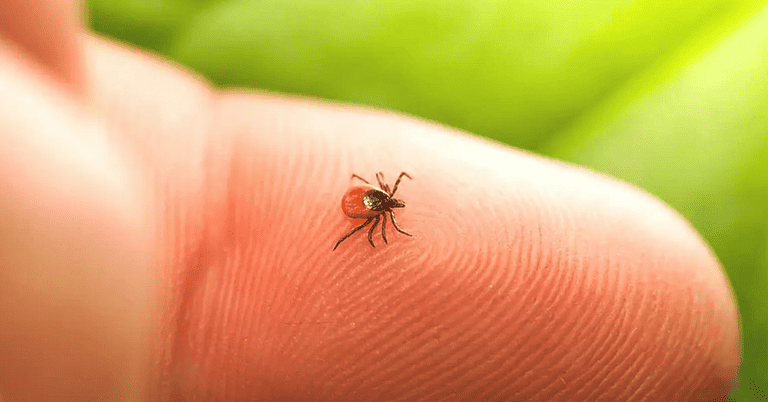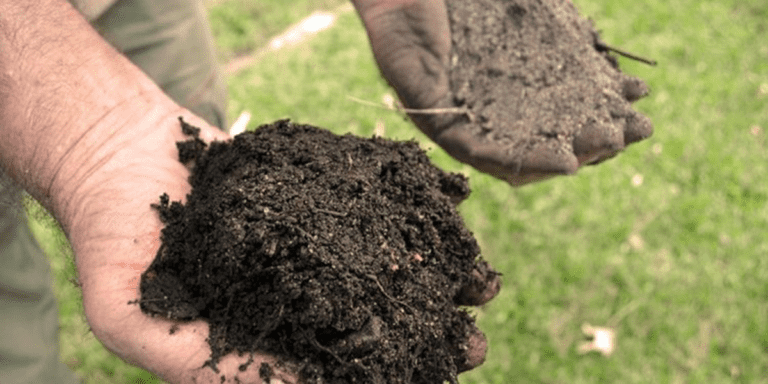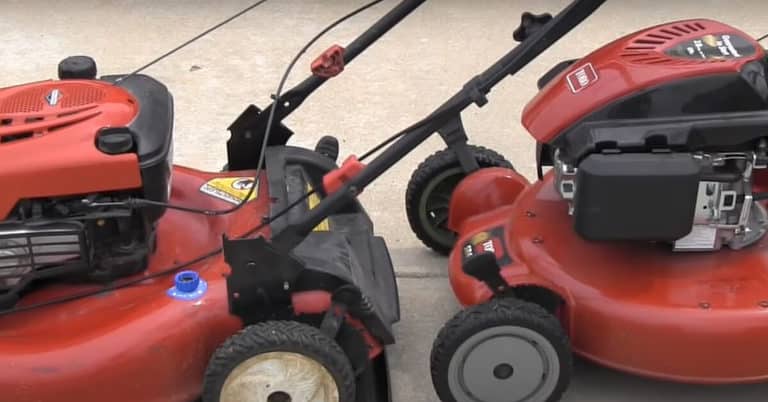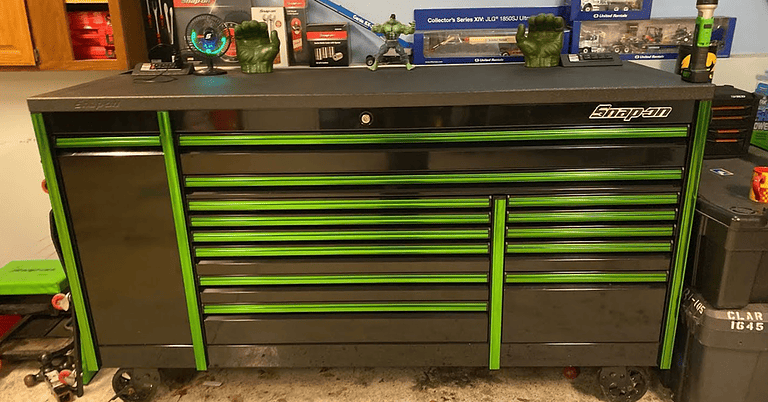When To Remove Straw Blanket From New Grass
Straw is frequently used to cover newly planted grass seed to reduce the amount of seed carried by wind and water. In addition, because of its reduced seed concentration, straw is chosen over hay as mulch.
If grass seed or newly germinated plants are left to dry out, they will perish until they get established. While the grass seeds grow, a straw mulch helps delay the evaporation of water from the soil and keeps it moist.
The questions asked often are, how long to leave straw on grass seed, and when to remove straw from new grass? Till the young grass plants have germinated fruit and grown tall enough to warrant the first mowing, leave the straw on top of the seeds.

After cutting the grass, the simple answers are either to take the straw out or let it rot among the blades. However, there are a few more small pieces of information to go along with this, such as, what if you use plastic mesh, and how to do you deal with a grass seed straw blanket?
In our guide, you can learn more about how to use and when to remove seed germination blanket. By the end, you’ll see how to have healthy grass, and it won’t be long before mowing the grass is a weekly affair. (Read Why Is My Lawn Full Of Flies)
First Cutting of New Lawn
- Until grass seedlings are 2 to 3 inches tall, cover them with straw mulch and avoid foot traffic.
- Grass seedlings require three to five weeks to reach this height, but weather can affect it.
- Never remove more than one-third of the grass height in a single mowing. This is especially crucial for newly formed lawns to prevent damage to the grass plants.
- While you should generally leave clippings on the lawn, use a bag mower during the first few cuttings of a new lawn.
- The mower gathers up loose straw and grass cuttings so you may quickly dispose of plant trash.
- A mulching mower cuts straw and grass into tiny fragments that decompose quickly to deliver nutrients to the soil.
Leave Straw on New Grass
Before the first cutting, evaluate the straw mulch. If the original covering was thin enough to allow about half of the soil to come through, the mulch will have rotted and may only need to be gathered with the first-cut grass clippings.
Remove heavy mulch after mowing with a leaf rake or fork to avoid harming the lawn. Dense pockets of straw mulch can choke out new grass plants, and a mower bag may miss them. In addition, because they can be hazardous to grass seedlings, thick clumps of decomposing straw should be avoided.
After three to four weeks of germination, lightly treat the new grass with a nitrogen-rich fertilizer if you decide to leave the straw mulch on the lawn.
The degradation of the straw mulch involves the consumption of nitrogen by bacteria. So, the new lawn could not turn the proper rich green hue until the straw has entirely broken down if you don’t feed the grass and bacteria.
Because of a lower seed content than hay, straw is preferred as grass seed mulch. The stems of grass plants are used to make straw, while the stem, along with the flowers and seeds, are used to make hay.
Straw will include some weed and agricultural grass seed. On a brand-new lawn, these plants are unwanted. Even if most of the seed content has probably already reached the soil in the first few days, removing the straw mulch from the grass seed earlier may limit the number of weeds that grow.
What Is Straw Netting
Originally, straw netting was used on steep banks and hillsides to keep new grass seed from being washed away and eroded by heavy rainstorms.
It is essentially a failsafe way to cover seed and improve germination. Understanding the use of the straw netting will make it more bearable. You can also ensure successful lawn germination by knowing the steps you can take to maintain the netting.
Even though it may appear like you are just sitting there and watching the grass grow, less is more regarding lawn germination. Here are some suggestions you can use to ensure your lawn germination attempts with straw netting are successful. (Read Topsoil Vs Lawn Soil)
1. Watering
Watering determines how your new grass looks the most. After seeding a lawn, keep it damp (but not soaked) for two months. Two-to-three inches of water will help the roots grow. Whether you rely on natural rainfall, an in-ground irrigation system, a sprinkler, or a hose, you risk washing away your seeds.
2. Straw
Straw is the ideal material for growing grass because it holds grass seed well on its own. Unfortunately, straw can easily be blown away, rendering it useless.
Your grass-seeding chances are successful when you hold them in place. The solution is straw erosion netting with the straw weaved in.
3. Straw Erosion Netting
Use netting to secure the straw and grass seed, and you (and your neighbors) will be pleased.
There’s no practical reason to remove the netting until it disintegrates.
Taking it up increases the risk that everything you put in the ground will blow away, undermining the objective. Too soon removal can also remove new grass seeds and roots.

How To Remove Netting From New Grass?
If you determine that to remove netting is ideal for your grass, employ the right procedure.
Taking Off Netting from Seeded Grass
The most crucial factor in netting removal from sown grass is timing. You’ll want to try to pull the net up about six weeks after you put it down.
To accomplish this, back and forth tug on the netting. If you find that a lot of the grass is emerging with the mesh, be sure to stop. You may have left the net in place too long if it breaks into small pieces.
If the netting can be pulled up in one piece without damaging the lawn, keep doing so. However, you might have to wait an extra week or two to grow stronger roots if the plant is injured because of taking the net off from the topsoil.
You could still remove the net if it were coming up in small pieces, but it would be a laborious process of balancing the removal of several small pieces of netting while aiming to cause the least harm to the lawn.
Remove The Netting From Sod
One person should unroll the sod while the other tugs on the mesh to remove the netting from the sod. Small, gentle jerks can help release the net from the sod.
Take your time since pulling on the net too firmly could harm the sod and cause it to disintegrate. Sod for your lawn is primarily held together by the netting, so until your lawn gets deeper roots into the soil, you must be gentle, or the sod could break and hand from the netting.
Use Biodegradable Netting
There are some circumstances where you’ll remove netting; however, if you use a biodegradable net, you can leave it, breaking up and decomposing.
Many landscapers opt to leave the plastic netting on seeded or sod-covered lawns. The plastic mesh can be left on, which offers several positive advantages.
The sod or grass is held together by plastic netting. This may make the resilience of a new lawn until its permanent roots take root. In addition, the net helps reverse soil erosion.
Leave the straw on top of the new grass seeds until you’ve done your first mowing. Then either remove it or let it be to add nutrients to the soil as it rots.
Should You Rake Up Straw After Grass Grows?
There is no need to remove the straw if it has thinned out and decayed. However, if the straw is still thick and unevenly spread, remove it out with a garden fork. Then, gently remove the mulch so as not to harm the fresh growth. The solution is the same if you use biodegradable netting, but there are additional details to be aware of.
How do you remove a straw blanket from new grass?
The solution is to use netting to contain both the grass seed and the straw. There is no practical reason ever to remove the netting; it is intended to remain in the ground until it will decompose.
Can you mow a straw blanket?
There is no reason to do this unless there is so much there that it is matting down the fresh grass. The straw will get chopped up and blend into the blades as the grass grows and you start mowing. Rake up any mats you may have and compost the straw if necessary.

Should you rake straw up once the grass grows?
Covering newly planted grass with straw maintains moisture and increases the chances of lawn rooting success. However, what to do with the straw once the grass has sprouted? Leave it and rake it to use as mulch or compost.
Can you put too much straw on grass seed?
To cover the area, take a handful at a time and loosely shake it over the grass seed. The straw should not extend more than a quarter inch above the ground’s surface. The straw will rot, and the grass won’t grow if it is too thick. (Learn How Long Do Roses Last)
Can you leave straw on the new grass?
If new grass seed or newly germinated plants dry out, they will perish. Leave the straw on new grass seeds until they germinate and grow tall enough to mow. After first mowing the grass, remove the straw or let it decompose amid the grass blades.
How do you water new grass?
Water new grass twice daily (or more in dry weather) to keep the top two inches of soil moist. Water every day until all grass seeds germinate, then begin a routine.
Will grass spread to bare spots?
You may be in luck if your lawn has Kentucky bluegrass or Bermuda grass, two of the most popular types in the country’s northern and southern regions: The grass blades should spread to fill bare spots.


